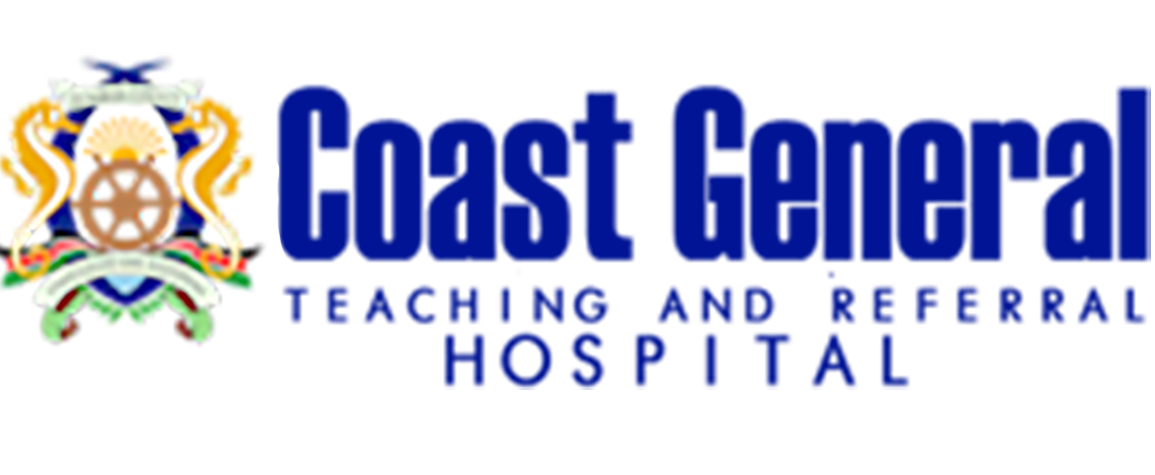How Long Does It Take to Become a Doctor? A Step-by-Step Guide
Go-Elective Abroad
How Long Does It Take to Become a Doctor? A Step-by-Step Guide
Becoming a doctor is one of the most rewarding yet challenging career paths one can pursue. If you’re wondering, “How long does it take to become a doctor?” the answer depends on several factors, including your chosen specialty, career path, and whether you take any gap years. On average, the journey takes between 11 and 15 years, with additional time required for subspecialties. This guide breaks down the process step by step to help you plan your journey.
Stages to Becoming a Doctor
-
High School (4 Years)
Your path begins with excelling in high school. Prioritize science and math courses like biology, chemistry, physics, and advanced mathematics. High school is also a great time to gain early exposure to the medical field through volunteering, shadowing doctors, or participating in programs like those offered by Go Elective, which provide insights into the healthcare industry.
Key Takeaway: Develop a strong academic foundation, particularly in STEM subjects.
-
Undergraduate Degree (4 Years)
You’ll need to complete a bachelor’s degree before applying to medical school. While most medical school applicants major in biology, chemistry, or a related field, you can choose any major as long as you meet the prerequisites for medical school, such as:
- Biology (1 year)
- Chemistry (General and Organic)
- Physics
- Mathematics
- English
During this time, you should also:
- Gain clinical experience through internships or shadowing.
- Engage in research opportunities.
- Build a strong resume with extracurricular activities.
- Prepare for and take the Medical College Admission Test (MCAT).
Shortcut: Some programs, such as BS/MD programs, combine undergraduate and medical school, reducing the timeline to 6-7 years.
Go Elective Advantage: Gain early exposure to global healthcare settings with Go Elective’s shadowing programs in countries like Kenya and Tanzania.
-
Medical School (4 Years)
Medical school is rigorous and divided into two phases:
- Preclinical Years (Years 1-2):
- Classroom and lab-based learning on subjects like anatomy, pharmacology, and pathology.
- Students take the USMLE Step 1 (United States) or equivalent exams in other countries.
- Clinical Years (Years 3-4):
- Hands-on rotations in specialties such as internal medicine, surgery, pediatrics, and obstetrics.
- Students take the USMLE Step 2 or MCCQE Part 1 (Canada) to prepare for residency.
Key Milestones in Medical School:
- Develop clinical skills through rotations.
- Identify your preferred specialty.
- Prepare residency applications.
-
Residency Training (3-7 Years)
Residency is where you gain hands-on experience in your chosen specialty under supervision. Residency lengths vary depending on the field:
- General Practice: 3 years
- Surgery: 5 years
- Neurosurgery: 7 years
During residency, you’ll receive a salary and take additional exams, such as USMLE Step 3, to obtain a medical license.
Residency Application Tip: Use Go Elective’s clinical placements to gain unique global healthcare insights that strengthen your residency application.
-
Optional: Fellowship (1-3 Years)
If you want to subspecialize—for instance, becoming a pediatric cardiologist or a trauma surgeon—you’ll need to complete a fellowship. Fellowships focus on advanced training in a specific area and add 1-3 years to your timeline.
How Long Does It Take in Total?
The total time to become a doctor depends on your specialty and whether you pursue subspecialization. Below is a breakdown:
On average, becoming a licensed, practicing doctor takes 11-15 years.
Non-Traditional Paths to Medicine
Not all medical students follow the traditional path of high school to medical school. Here are some common alternative routes:
Gap Years
Many students take a gap year before applying to medical school to:
- Gain clinical experience.
- Improve their MCAT scores.
- Save money or pay off undergraduate debt.
Post-Baccalaureate Programs
If you didn’t complete the required pre-med courses during your bachelor’s degree or want to improve your GPA, post-baccalaureate programs can bridge the gap.
Career Changers
Some people switch to medicine after working in other fields. This may involve completing prerequisites and applying as a non-traditional student.
FAQs: How Long Does It Take to Become a Doctor?
-
At what age do most doctors start practicing?
Most doctors begin independent practice between 29 and 33 years old, depending on their specialty and training path.
-
How long is residency for different specialties?
Residency lengths vary:
- Shortest: Family medicine, pediatrics (3 years).
- Longest: Neurosurgery (7 years).
-
Can you become a doctor before 30?
Yes, but it requires careful planning, such as pursuing accelerated programs and avoiding gap years.
-
How can Go Elective help aspiring doctors?
Go Elective offers shadowing, internships, and clinical rotations that enhance your resume and provide global healthcare exposure.
Is Becoming a Doctor Worth It?
While the timeline to becoming a doctor is long, the rewards—both tangible and intangible—make it worthwhile:
- Financial Rewards: Physicians earn an average salary of $200,000–$350,000 per year, depending on specialty.
- Job Security: Healthcare professionals are always in demand.
- Personal Fulfillment: Making a tangible impact on patients’ lives is deeply rewarding.
How Go Elective Supports Your Medical Journey
From high school shadowing opportunities to clinical rotations during medical school, Go Elective is your partner in navigating the path to becoming a doctor. With placements in premier hospitals across Kenya and Tanzania, you’ll gain hands-on experience and cultural insights that set you apart in medical school and residency applications.
Take the first step in your journey with Go Elective today!
Article Details
Categories
Recent Articles , Pre-health, Medical Electives,
Author: Go-Elective Abroad
Date Published: Mar 11, 2025
Travel with us.
Inquire Today!
Go Elective offers immersive opportunities for medical students, pre-med undergraduates, residents, nursing practitioners, and PAs to gain guided invaluable experience in busy hospitals abroad. Discover the power of study, travel, and impact.






